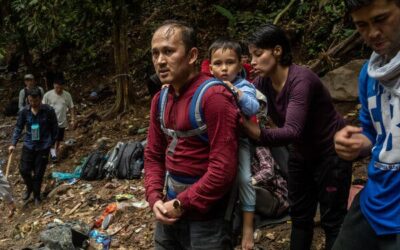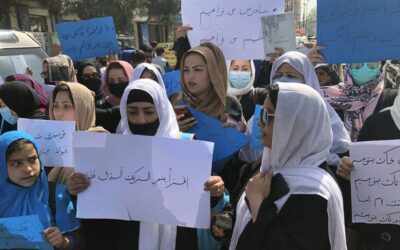Original article found on: TIME
Laurence Butet-Roch on May 1, 2015
With the strengthening of Taliban’s hold on Afghanistan in the 1990s, came the end of a long photographic tradition. At the turn of the 20th century, the ruling royal family practiced photography as a hobby, and a serious one at that. Habibullah Khan, the Emir from 1901 to 1919, set up a studio in the palace while organizing competitions and exhibitions. Decades later, box cameras had made their way into the streets, popularizing the postcard-format family portrait. Yet, today, an entire generation is left without pictures of their youth, let alone a visual history of their nation.
“A country without photographs, is a country without identity,” says Najibullah Musafer, a photojournalist who took great risks to document his homeland despite the prohibition. After seeing b-roll from Afghanistan that challenged their perceptions of the war-torn region, Alexandria Bombach and Mo Scarpelli, two American filmmakers, felt it necessary to connect with storytellers from the area committed to sharing more nuanced accounts of their country. Their curiosity prompted the documentary Frame by Frame.
The cast is composed of photographers that distinguish themselves not only by the compelling nature of their work, but also by their enthralling personalities. Beside wholehearted and wise Musafer, considered the grandfather of modern photojournalism in the country, there’s the trailblazing, industrious and thoughtful Farzana Wahidy, her calm and astute husband Massoud Hossaini, winner of a Pulitzer Prize in 2012, and Wakil Kohsar, the soulful up-and-comer.
“At first, I wasn’t sure I wanted to be part of a movie,” says Wahidy. “At the time, I was trying to keep a low profile, mainly for security reasons and so that I could continue to do my work with as few hurdles as possible. But when I saw that they were going ahead with it, and with three men, I felt it was my duty to be in it.” The documentary makes clear how difficult it can be for her to gain access, especially given that photographing women, which she’s specialized in, remains highly taboo.
As the camera follows the quartet in their daily lives, and as they share stories from their past — the very stories that inform their gaze and shape their voice — a larger layered narrative emerges; that of a disrupted nation.
“Originally, we thought it would be a short film,” says Bombach. “But, as we were conducting the interviews, the complexity of what was happening, of what each photographer was going through, the heaviness of their past and how that affects how they shoot now, it became clear that it needed to be a feature length that would use human narratives to give a much better sense of what’s been going on in the past thirty years.”
Take Kohsar. As he shares memories from his childhood – fleeing Panjshir and seeking refuge in Iran – the plight of Afghan refugees under the Taliban regime comes to light. The footage of him working offers glimpses of issues such as the prevalence of drug addiction and of political disillusion. And, his struggle with an official who suggest that he takes a staged photograph of voters getting their election card – rather than allowing him in – is telling of a country where misinformation is widespread.
“I hope that an audience gets to see what it means to be a storyteller, to be seeking truth when people are putting barriers in front of you, to uphold your responsibility to your craft no matter what’s thrown your way and to seek beauty and justice through photography,” says Scarpelli, who was greatly inspired by how much humanity is bursting from each and every one of the protagonists’ images.
Frame by frame, these four photojournalists, as well as their colleagues, are building an indispensable visual history of these tumultuous times. “Afghanistan is in a very particular and uncertain place right now. Everyone is holding their breath,” says Scarpelli, echoing Hosseini’s worries, expressed in the documentary, that the world might forget Afghanistan again. Frame by frame, the movie reminds us why we should not.
Frame by Frame‘s international premieres is this week at Toronto’s Hot Docs film festival.
Laurence Butet-Roch is a freelance writer, photo editor and photographer based in Toronto, Canada. She is a member of the Boreal Collective.
Original article found on: TIME




0 Comments